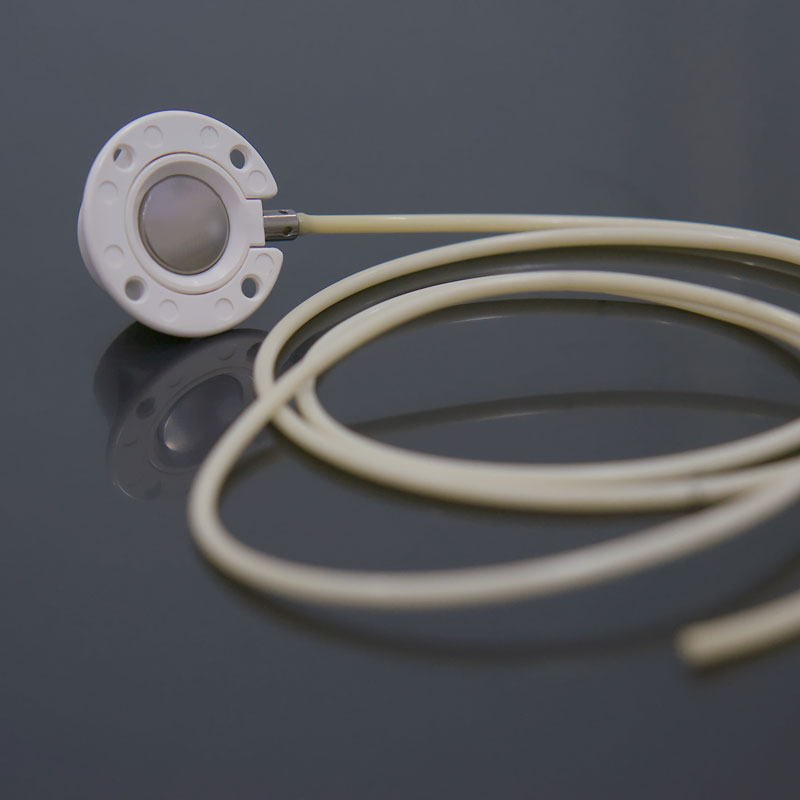Portacath Placement
Treating Vascular Conditions for Houston, TX, Patients
Some of our patients have health conditions that require frequent injections or blood samples as part of the treatment or monitoring process. Chemotherapy is an example of a condition that requires access to blood vessels for both regular chemotherapy medication and blood tests. To help make this process more comfortable and convenient for patients, Premier Vein & Vascular Center offers a portacath placement procedure in our office. Our doctors have performed this procedure thousands of times and trust the devices we use, so we often recommend a portacath to simplify certain medical procedures and chemotherapy treatments.

When We Recommend a Portacath
The experienced doctors at Premier Vein & Vascular Center typically recommend a portacath to our patients receiving regular chemotherapy treatments. The clear and easy access to a single blood vessel eliminates the need for nurses and doctors to search for a vein in your arm or chest before each and every treatment or blood sample collection.
In addition to making chemotherapy a bit easier and more efficient, a portacath also makes treatment safer. The toxic chemical in chemotherapy medication can damage smaller blood vessels, resulting in leaks or tissue damage. By using a portacath, the medication is channeled through a port into a larger, central vein with reduced risk of unnecessary internal harm.

Parts of a Portacath
A portacath is a medical device inserted by your doctor into your arm or chest. Regardless of location, there are four basic components found within each device.
- First, the catheter itself runs into the central vein for administering chemotherapy treatments more conveniently for both doctor and patient.
- The portal is the other main component that creates space for injected medications or collecting blood samples through the catheter.
- The portal is connected to the catheter with a catheter connector piece.
- Finally, the septum is a tight silicone mesh that separates the skin on your arm or chest from the external portal access.
Together, the septum, portal, catheter connector, and catheter form the entire portacath device our doctors can place during an in-office procedure for future medical use.
What to Expect During a Portacath Placement Procedure
The medical team at Premier Vein & Vascular Center can perform the portacath placement procedure in our office under IV sedation. We ask that patients not eat or drink anything on the day of the procedure, other than water and required medications as instructed by our doctors. The procedure itself is short, and requires two small incisions to place the catheter securely into a vein.
Maintaining the Portacath
After the procedure, you may need to limit certain strenuous activities for a week or so as instructed by your doctor. You’ll be able to shower and bathe normally to keep the port clean and avoid infection. Your portacath will be able to stay in as long as is necessary, but our medical staff will flush the portacath every four to six weeks while inserted.
